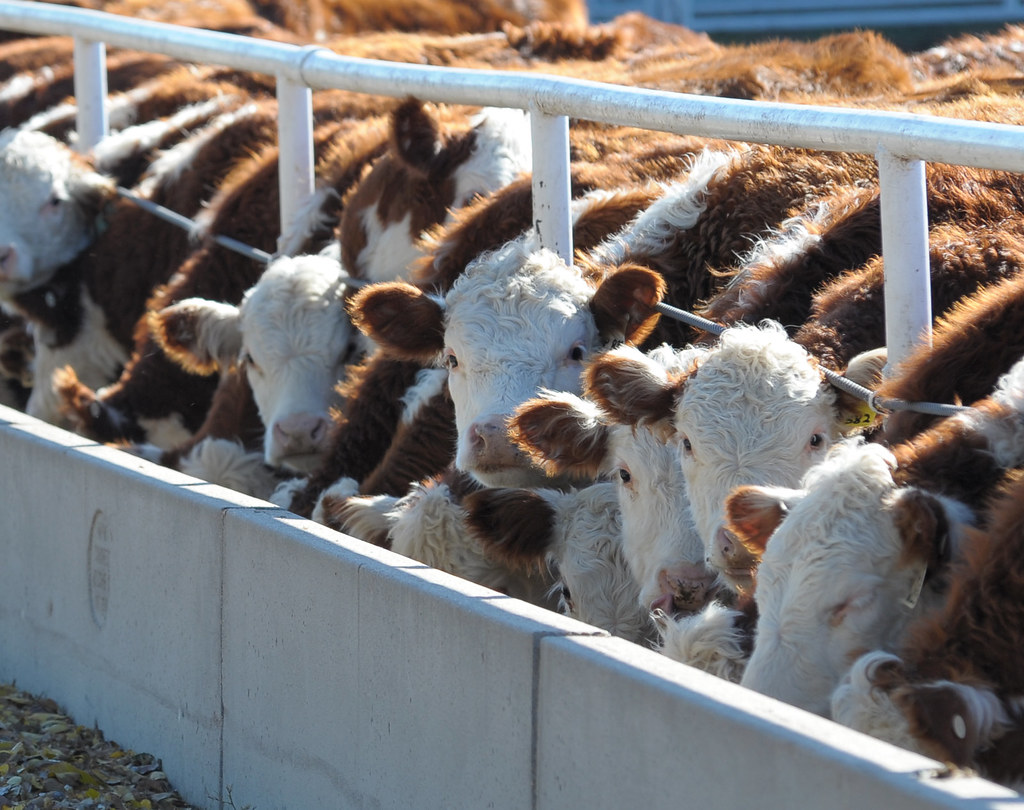The Council for Agricultural Science and Technology (CAST) and the Agricultural & Applied Economics Association (AAEA) are publishing a special issue titled “Economic Impacts of COVID-19 on Food and Agricultural Markets” on Monday June 29. You can download the paper at no charge from the CAST website. A select panel of agricultural economists will present highlights from the paper in a free 1-hour webinar Monday June 29 at 10am Mountain time.
Here are a few highlights:
- Government response to COVID-19[1]:
- Proposed actions are split across party lines. Republicans want to assist businesses to help them remain in operation and keep employees on the payrolls. Democrats want to continue offering generous unemployment payments so that workers can remain at home without risk of spreading the virus, and they want to provide federal aid to state and local governments.
- State and local governments will undergo heavy revenue losses. Reduced consumer purchases will lead to reduced sales tax revenues, and reduced corporate profits will reduce corporate income tax revenues. Since state and local governments must balance their budgets, they will have to reduce services or increase taxes (or both).
- The economy will not fully recover until consumer confidence is restored.
- Global Trade[2]:
- The World Trade Organization (WTO) forecasts reduction in the real value of global GDP and volume of trade in 2020. Economic recovery in 2021 depends on the persistence of the pandemic.
- The pandemic does not appear to be affecting agricultural trade as much as trade of non-agricultural goods. China’s agricultural imports through April 2020 are actually 10.5 percent higher than they were in 2019, possibly because trade tensions with the United States had declined. U.S. agricultural exports were 1.5 percent higher.
- There are concerns that the pandemic will lead nations to return to agricultural protectionism. Seventeen countries have implemented 40 policy constrains on agricultural exports. These policies are typically temporary in nature, but blanket applications to staples like rice and wheat could lead to a food price crisis as in 2007-08. When policymakers restrict exports to keep domestic prices low, world prices spike while the prices producers receive in exporting countries simultaneously decline.
- Recent history suggests that reduced multilateralism and uncertainty in the WTO’s Appellate Board could have long-lasting impacts on agricultural trade.
- Meat Processing and Livestock Markets[3]
- Forecasts at the start of 2020 predicted that the meat processing industry would produce record large volumes. Large animal inventories actually magnified the difficulties of harvesting animals quickly enough during the pandemic.
- Bacon and high-value beef steaks (typically consumed in greater volume in restaurants) declined in value during the pandemic while the value of ground beef increased.
- Closure of meat processing facilities and changes in production flow to contain the spread of COVID-19 among workers at meat processing facilities led to substantial declines in meat supply. Livestock prices declined while consumers saw a mixture of increased prices, changes in product selection, and rationing on volumes allowed for purchase.
[1] See Jeffrey Dorfman’s contribution titled “Macroeconomic Impacts and Policies in the Face of COVID-19.”
[2] See Ian Sheldon and Jason Grant’s contribution titled “Global Trade in Agricultural Products: The Likely Impact of COVID-19.”
[3] See Glynn Tonsor and Lee Shultz’s contribution titled “COVID-19 Impacts on the Agricultural Supply Chain: Meat Processing Sector.”
(Photo by KSRE Photo is licensed under CC BY 4.0)


